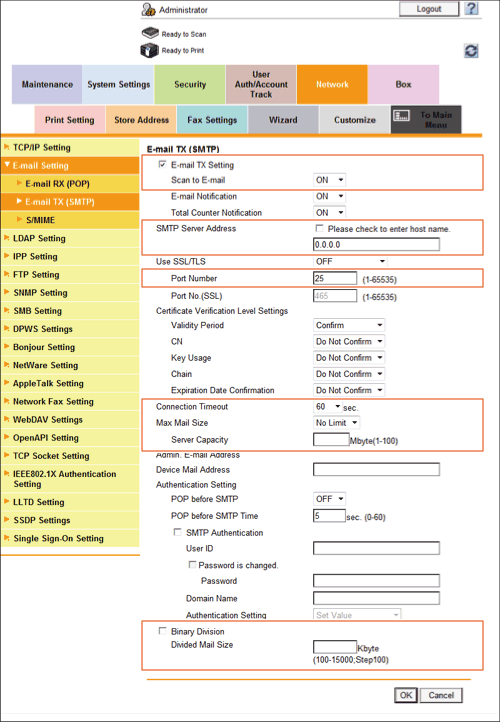
#How to use gmail smtp scanner password
With an email address, it’s possible to send someone spam or phishing emails or use credential stuffing to try to guess their password on online services. Knowledge of someone’s email address can be very valuable to a cybercriminal. Many webmail providers, like Gmail, scan for and block mailer worms, but monitoring for indications of spam in the network is a good idea. In 2019, the MyDoom email worm was still running on autopilot 15 years after being launched. While mass-mailer worms have become less common, some are still active in the wild. Since the emails originate from within the organization and are from a known email address, they are more likely to be trusted by their recipient.Įmail is also used by some types of malware worms to spread itself. This access can also be used to send phishing emails from the compromised user’s account. If an attacker can compromise an organization’s mail server, then it may be used to send spam email. Phishing and spamĪs an email protocol, the most famous way that SMTP is misused is in spam and phishing emails. It is also wise to monitor for the use of unencrypted SMTP and force password changes for any leaked credentials. Protecting against compromise of user credentials requires using TLS to encrypt SMTP traffic. However, Base64 is trivially reversible, making it easy for an eavesdropper to steal user credentials. As shown in the image above, credentials are Base64-encoded before being sent over the network. However, the user credentials in an SMTP session are not sent in plaintext. This means that user credentials are included in a plaintext protocol. However, SMTP also includes the ability to force users to authenticate to the protocol. All of the information included in an SMTP packet must be printable ASCII characters. SMTP is designed as a plaintext protocol. An obvious application of email is for phishing and spam email campaigns however, the SMTP protocol can also be abused by an attacker as part of reconnaissance during preparations for an attack. SMTP analysis for incident responseĪs an email protocol, SMTP can be used for a few different malicious purposes. Monitoring for insecure use of SMTP can be useful from an ethical hacking or network defense perspective. If these programs do not use TLS, they can leak sensitive information. Since SMTP can be used programmatically by connecting to an SMTP server on port 25, it is possible to write programs or scripts that send emails. Before sending the email, the user would also have to authenticate to the server, which can leak credentials in plaintext.
#How to use gmail smtp scanner plus
This email sample includes two valid email addresses plus any sensitive data included in the text of the email. The image above also demonstrates the risk of using SMTP in plaintext with TLS encryption. This sample includes setting the sender’s and recipient’s email addresses and the text of the message. Each field in a standard email requires a separate pair of commands and responses. It shows the beginning stages of creating an email in SMTP.Īs shown, sending emails in SMTP is a drawn-out process.

The image above is a sample of SMTP traffic that is collected in Wireshark using the Follow TCP Stream option. This consists of a response code, in this case 250, and optional parameters. The image above shows a standard SMTP response. In this case, the user is setting the sender’s email address. As shown in the image above, an SMTP request consists of a command followed by a set of optional parameters. This is accomplished using a request-response structure. SMTP is a text-based protocol designed to be limited to printable ASCII characters.

Alternatively, users can filter for ports commonly used in SMTP traffic (i.e., 25, 587 and 465). SMTP traffic can be filtered in Wireshark using the built-in smtp filter. For example, a Google mail server can be reached by using Telnet to connect to gmail-smtp-in.l. on port 25. Google and other services maintain SMTP mail servers, allowing users to interact with them programmatically. Whether you use an email server hosted on-premises or a webmail service like Gmail or O365, there is a decent chance that SMTP is being used somewhere behind the scenes. However, port 465 was historically used for encrypted SMTP and some implementations use this. The officially accepted way to use TLS with SMTP is to use port 25 and send a STARTTLS message to indicate the beginning of TLS usage. As a result, SMTP traffic can be encrypted using Transport Layer Security (TLS).

However, using traffic that is easily readable by eavesdroppers is not a good idea for email.


 0 kommentar(er)
0 kommentar(er)
